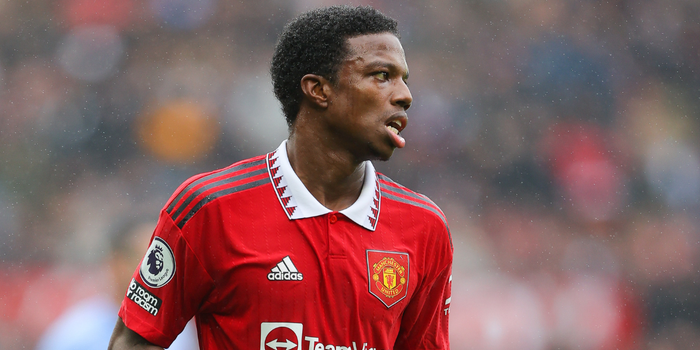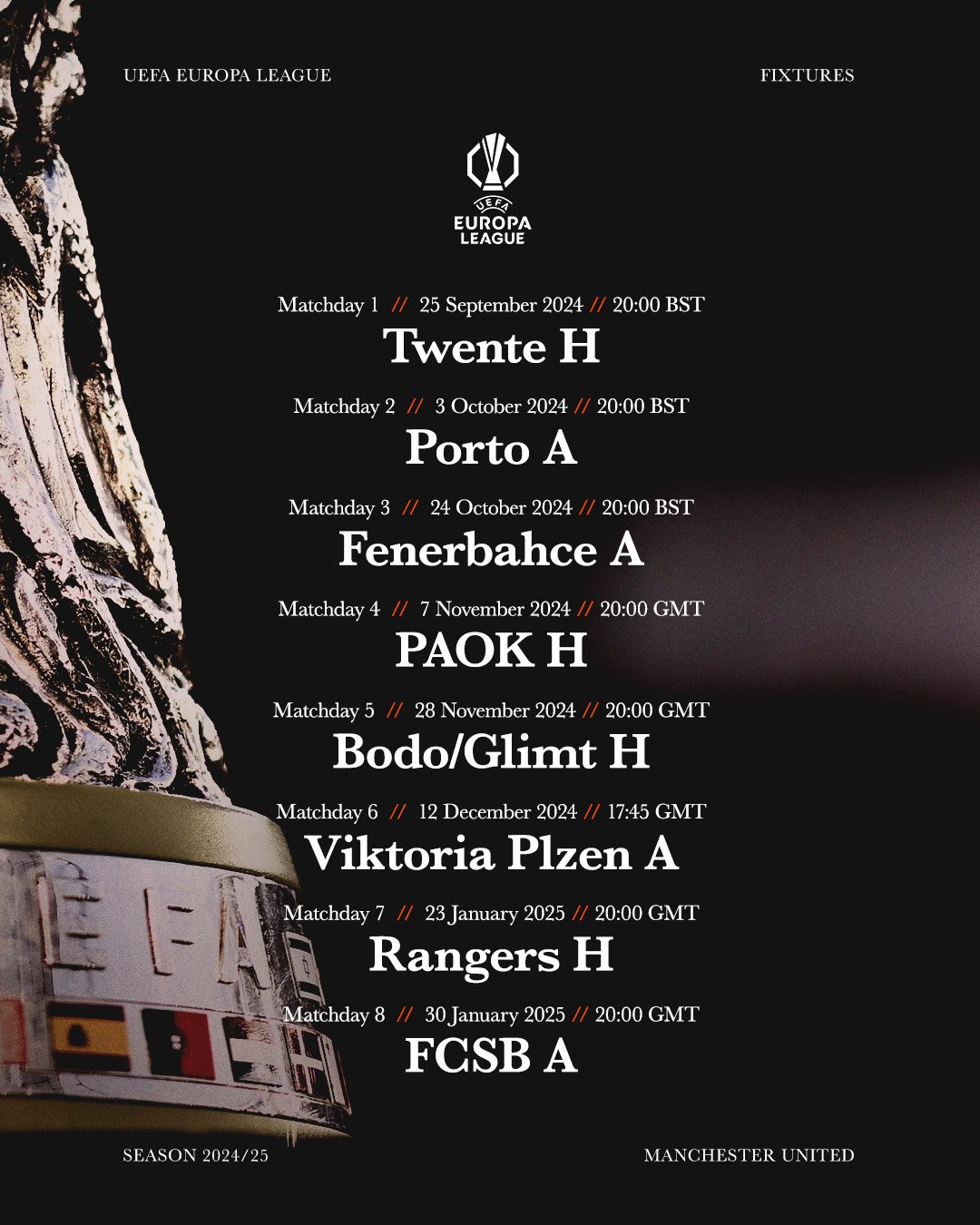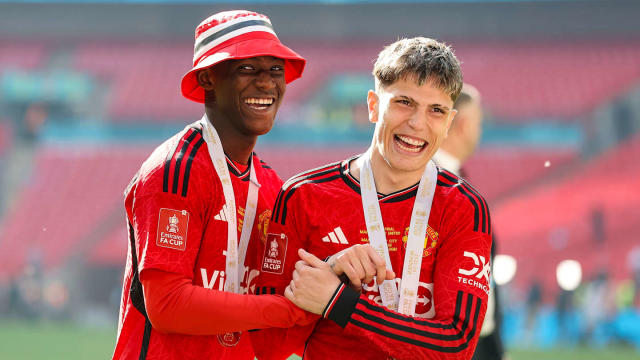Manchester United recently unveiled their 25-man ‘A’ list squad for the upcoming UEFA Europa League campaign, leaving fans surprised by the absence of two young stars: Kobbie Mainoo and Alejandro Garnacho. Both players have made significant contributions to the team in recent seasons, so their omission raised questions. However, this decision is strategic rather than a reflection of their abilities. In this article, we’ll delve into the reasoning behind their exclusion, UEFA’s squad registration rules, and what this means for Manchester United’s Europa League ambitions.
Understanding UEFA’s Squad Regulations
The ‘A’ and ‘B’ List System
UEFA’s squad registration rules for European competitions involve two lists: the ‘A’ list and the ‘B’ list. The ‘A’ list can include a maximum of 25 players, with specific stipulations—such as eight locally trained players. On the other hand, the ‘B’ list provides a space for younger players, giving teams more squad flexibility.
To qualify for the ‘B’ list, players must be born on or after January 1, 2003, and have been with the club for at least two consecutive years from the age of 15. This system allows clubs to maintain a full squad on the ‘A’ list while still having access to younger players through the ‘B’ list.
Why Mainoo and Garnacho Were Left Off the ‘A’ List
Eligibility for the ‘B’ List
Despite their growing influence at Manchester United, Kobbie Mainoo and Alejandro Garnacho were omitted from the Europa League ‘A’ list because they meet UEFA’s criteria for the ‘B’ list. Both were born after January 1, 2003, and have been at the club long enough to be eligible.
Their ‘B’ list eligibility allows Erik ten Hag to register them for the competition without using valuable spots on the ‘A’ list, which can now accommodate players who don’t qualify for the ‘B’ list, such as new signings or more experienced players.
The Tactical Benefit of the ‘B’ List
Maximizing Squad Flexibility
By placing Mainoo and Garnacho on the ‘B’ list, Manchester United maximizes squad flexibility for the Europa League. This approach allows Ten Hag to utilize his full roster, ensuring the squad has the necessary depth to face the challenges ahead.
For example, Tyrell Malacia, who missed the entirety of the 2023/24 season due to a long-term knee injury, was included on the ‘A’ list. His inclusion hints that he could soon return to action, providing the team with defensive reinforcements. Another notable addition to the ‘A’ list is 17-year-old Harry Amass, a promising young defender who doesn’t qualify for the ‘B’ list due to his recent arrival at Old Trafford.
The Return of Tyrell Malacia
An Exciting Comeback
The return of Tyrell Malacia is one of the most anticipated aspects of Manchester United’s Europa League campaign. After missing the entire previous season with a knee injury, the Dutch full-back is nearing full fitness and is expected to play a pivotal role in the upcoming matches. His versatility, being able to operate on both the left and right sides of the defense, offers Ten Hag greater tactical options.

Malacia’s recovery could be crucial for Manchester United, especially in a group stage that features tough opposition, including Porto, Fenerbahce, and Rangers. His defensive strength and energy will be a welcome boost as United aim to go deep into the competition.
Harry Amass: A Promising Talent
Why He Made the ‘A’ List
Unlike Mainoo and Garnacho, Harry Amass does not meet the ‘B’ list criteria, having joined United only in 2023 from Watford. UEFA rules require players to have been at the club for at least two years to qualify for the ‘B’ list.
At just 17 years old, Amass is a highly rated prospect, and his inclusion in the ‘A’ list underscores Ten Hag’s commitment to youth development. His versatility as a defender could prove useful during the campaign, offering cover across the backline when needed.
Manchester United’s Group Stage Challenge
Tough Opposition Ahead
Manchester United faces a difficult group stage in the Europa League, kicking off their campaign against FC Twente on September 25. Other challenging fixtures await against Porto, Fenerbahce, Rangers, PAOK, and Bodo/Glimt. The expanded group format in this season’s Europa League increases the difficulty of qualifying for the knockout stages, making squad depth and tactical flexibility more important than ever.

United will need to be at their best to navigate these fixtures, and the inclusion of key young players like Mainoo and Garnacho on the ‘B’ list ensures the squad remains strong without sacrificing experienced options on the ‘A’ list.
Conclusion
Kobbie Mainoo and Alejandro Garnacho’s omission from Manchester United’s Europa League ‘A’ list is a calculated move, fully in line with UEFA’s squad rules. Their eligibility for the ‘B’ list allows Erik ten Hag to keep both talents available while maximizing the number of senior players on the ‘A’ list. With challenging group stage fixtures ahead, the Red Devils will need all the resources at their disposal, and the strategic use of the ‘B’ list gives them a significant advantage. The return of Tyrell Malacia and the inclusion of Harry Amass further strengthen their campaign as they aim for success in Europe.


